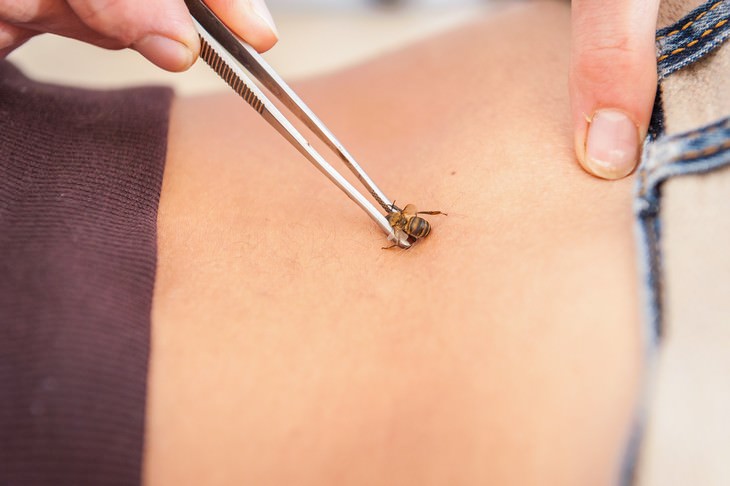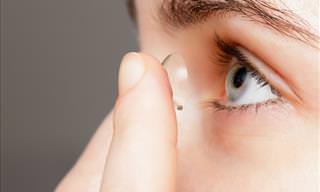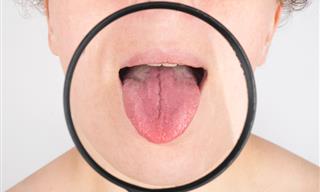Many people who deal with chronic pain and have tried several unsuccessful treatments are open to trying something unconventional, either alongside or instead of conventional treatments, for the small chance to ease their suffering. This is, of course, very understandable but it’s important to stay extremely vigilant in these cases, as many of these new alternative cures can turn out to be not just ineffective, but downright harmful.
One such treatment that has been gaining popularity recently is apitherapy or bee sting therapy. Yes, it’s pretty much what you think it is. The treatment includes placing a bee, using tweezers, on a part of the body. It might go on the knee to treat osteoarthritis, for example. The bee then stings the skin, and the practitioner (or the patient) removes the body but lets the stinger remain for several seconds. People may pursue treatment several times a week for years.
 Why is bee sting therapy so widely talked about?
Why is bee sting therapy so widely talked about?The reason this therapy method became a hot topic is probably that it was featured in an episode of the Netflix documentary series ‘(Un)well’, which explores the wellness industry. It seems like this method has many supporters, who claim bee venom can do wonders. Patients testified that the treatment healed pain from a compressed spine, improved joint mobility, helped their children's hair grow or improved their hearing, eased multiple sclerosis symptoms, and, when used in a cream, made them look 10 years younger.
With such positive responses, and the fact that bee sting therapy has been in use for thousands of years in Eastern medicine, is it really that risky? While the research on bee venom is mixed, there are a few alarming red flags to be aware of before considering going down that path.
The serious hazards of bee sting therapy
What a bee sting does to the human body is provoke an inflammatory response releasing a steroid that relieves pain and other symptoms. However, experts such as Dr. Steven Novella, a neurologist at Yale, called that a “pretty clumsy way” to invoke an anti-inflammatory reaction, when there are other ways to attain the steroid (like directly injecting it) without all the other dangerous components of bee venom.
The biggest risk of bee venom therapy is the patient going into anaphylactic shock, a condition where your immune system releases a flood of chemicals that can cause you to go into shock — your blood pressure drops suddenly and your airways are narrowed, closing up the throat and blocking breathing. Anaphylactic shock can lead to death if not treated immediately.
Related: CDC Warns Shoppers to Avoid Certain Brands of Onions

It happened to a woman in Spain in 2018, who was already in a state of coma when she got to the hospital and died a week later of organ failure. The 55-year-old had been attending sessions of live bee acupuncture for two years before the tragic incident. It might sound strange that she had such a severe allergic reaction after receiving the treatment successfully so many times, but according to research done in Ramon y Cajal University Hospital in Spain, it actually makes perfect sense.
The study explains that repeated exposure to an allergen — in this case, bee venom — creates a greater risk of a severe allergic reaction than what can be expected in the normal population. This is the other reason why receiving bee sting therapy over a long period of time can prove very dangerous.
As human as it is to be optimistic about new and unconventional types of treatments, we urge you to be cautious and learn thoroughly about all of the effects of a certain treatment before attempting it.
If you found this article useful, spread the word and share it!
 Go to BabaMail
Go to BabaMail



























